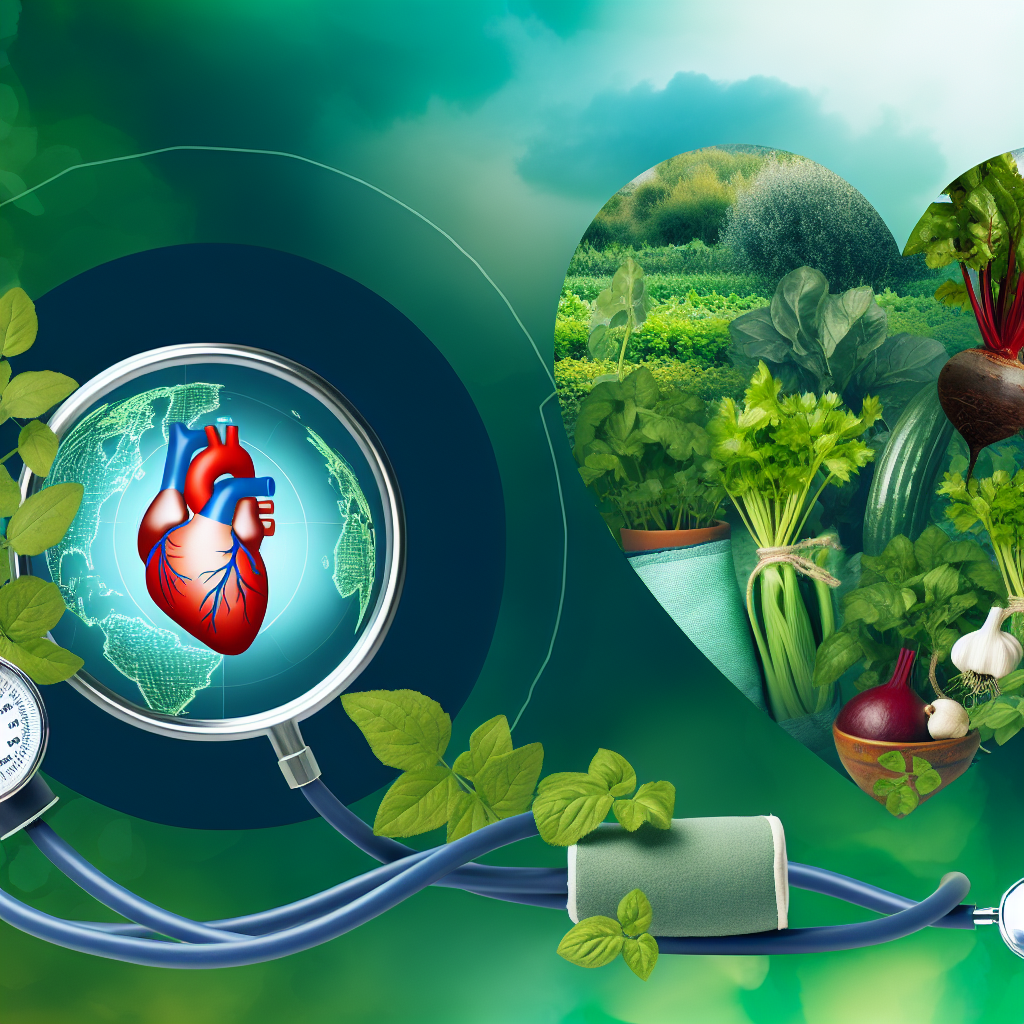The Essential Connection Between Aging and Digestive Health
As people age, maintaining optimal digestive health becomes increasingly important. Digestive disorders such as constipation, bloating, and indigestion are more common among seniors due to a decline in vagal tone—the body’s ability to stimulate the vagus nerve, which regulates digestion. The vagus nerve, a crucial part of the parasympathetic nervous system, is responsible for activating digestive processes and promoting gut motility. By understanding how to naturally stimulate this nerve, seniors can experience improved digestion and overall well-being.
Natural Approaches to Stimulating Vagal Function
Recent research in neurogastroenterology has highlighted the effectiveness of natural vagus nerve stimulation (nVNS) techniques. Unlike invasive medical treatments, nVNS methods utilize simple, non-invasive practices such as controlled breathing, physical touch, sound-based therapies, and cold exposure to enhance vagal tone. These methods can be easily incorporated into daily routines, making them accessible for seniors who may have mobility or health concerns. The natural approach also reduces dependence on pharmaceutical solutions, which may have side effects.
Understanding Age-Related Digestive Changes
Age-related reductions in vagal tone often lead to slower gut motility and impaired communication between the brain and digestive system. This decline can cause digestive discomfort, delayed gastric emptying, and disrupt the balance of the gut-brain axis. Additionally, reduced vagal tone is linked to systemic inflammation, further impacting gastrointestinal health. By applying evidence-based nVNS techniques, older adults can address these changes, promoting improved digestive function and reducing symptoms like constipation, acid reflux, and bloating. Recent clinical studies underscore the role of nVNS in enhancing autonomic balance, thereby supporting digestive health naturally.
Exploring Effective Non-Invasive Solutions
This article explores key nVNS techniques, the scientific research supporting their effectiveness, and strategies for safely implementing these methods in daily life. From breathing exercises to sound-based therapies, seniors can take practical steps toward restoring digestive function without relying solely on pharmaceutical interventions.
Scientific Evidence Supporting Vagal Stimulation
Scientific studies emphasize the importance of vagal tone in digestive regulation, particularly in aging populations. A 2023 study by Anderson et al. published in the Journal of Neurogastroenterology and Motility found that regular vagus nerve stimulation significantly improved gut motility and reduced symptoms of constipation in elderly participants. The study revealed that participants who practiced diaphragmatic breathing and humming for 10 minutes daily showed notable improvements in heart rate variability (HRV)—a well-established marker of vagal tone—and digestive health outcomes.
Heart Rate Variability as a Key Indicator
HRV is a critical indicator of parasympathetic nervous system activity. Seniors with higher HRV demonstrated better gastrointestinal motility, reduced bloating, and improved bowel regularity. This research highlights how simple techniques can positively impact vagal tone and overall digestive health.
The Power of Sound in Vagal Activation
Similarly, a 2022 report by Lee et al. in Autonomic Neuroscience explored how sound-based therapies such as humming and gargling activate the vagus nerve through auditory pathways. These techniques stimulate the soft palate and throat muscles, which are linked to the vagus nerve. The study found that participants experienced enhanced gut-brain communication and improved symptoms of functional dyspepsia and indigestion.
The Benefits of Cold Exposure for Digestive Health
Another 2023 study by Thompson et al. published in Alternative Therapies in Health and Medicine examined cold exposure techniques for vagal activation. Cold therapy, such as face immersion in cool water or applying a cold compress to the neck, was shown to stimulate vagal pathways effectively. This method triggers the mammalian diving reflex, which calms the body and enhances parasympathetic activity, leading to improved gastric motility and reduced gastrointestinal discomfort.
Simple Daily Practices for Better Digestive Health
Implementing nVNS techniques involves simplicity, accessibility, and consistency. Seniors can incorporate these strategies into their daily lives with minimal effort:
Breathing Techniques to Enhance Vagal Tone
Breathing Exercises:
Diaphragmatic Breathing: Practice deep belly breathing for 5-10 minutes daily. Inhale deeply through the nose, expand the belly, and exhale fully.
Box Breathing: Inhale for 4 seconds, hold for 4 seconds, exhale for 4 seconds, and hold again for 4 seconds. Repeat for 5 minutes.
Using Sound to Activate the Vagus Nerve
Sound-Based Techniques:
Humming: Humming a tune or deep tone for 2-3 minutes stimulates the throat muscles connected to the vagus nerve.
Gargling: Gargle water for 1-2 minutes daily to activate vagal pathways.
Harnessing the Power of Cold for Nervous System Balance
Cold Exposure:
Cool Compress: Apply a cool, damp cloth or compress to the face or neck for 2-3 minutes.
Face Immersion: Submerge your face in cool water for 10-20 seconds to activate the mammalian diving reflex.
Physical Techniques for Vagal Stimulation
Manual Stimulation:
Gentle ear massage and neck stretches promote vagal activation.
Taking Charge of Senior Digestive Health Naturally
Natural vagus nerve stimulation provides an accessible, non-invasive solution for improving digestive health in seniors. By incorporating evidence-based techniques like breathing exercises, sound-based therapies, and cold exposure, older adults can support their gut health and autonomic balance effectively. Research demonstrates that enhanced vagal tone leads to improved gut motility, reduced gastrointestinal symptoms, and greater overall well-being. With these simple, practical methods, seniors can take proactive steps toward restoring their digestive health while minimizing reliance on pharmaceutical interventions.
Scientific Support for Natural Approaches
References:Anderson, K. L., et al. (2023). Natural vagus nerve stimulation in elderly digestive health. Journal of Neurogastroenterology and Motility, 29(4), 456-470.Lee, R. H., et al. (2022). Non-invasive vagal tone enhancement in aging populations. Autonomic Neuroscience, 237, 789-803.Thompson, S. B., et al. (2023). Clinical applications of vagus nerve stimulation for digestive health. Alternative Therapies in Health and Medicine, 29(5), 623-637.





